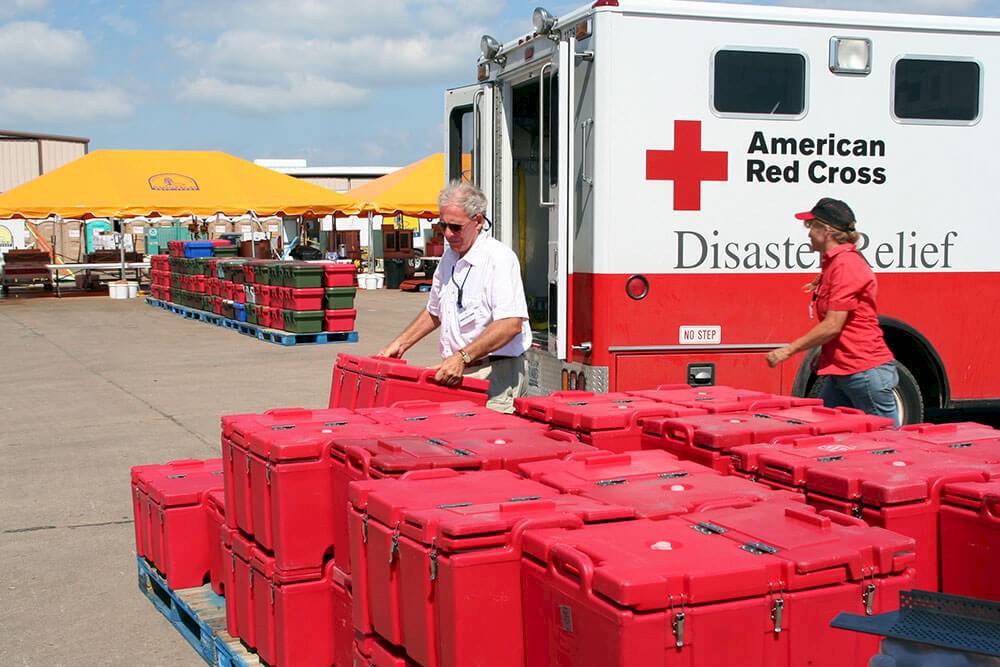
How a Focus on Culture, Talent, Metrics and Technology Drives the American Red Cross’s Strategy
Every year, the American Red Cross responds to an average of 64,000 disasters, provides 40% of the country’s blood supply, trains nearly 5.9 million people in first aid and CPR, and offers more than 110,000 military families emergency assistance.
By Forbes Insights
Every year, the American Red Cross responds to an average of 64,000 disasters, provides 40% of the country’s blood supply, trains nearly 5.9 million people in first aid and CPR, and offers more than 110,000 military families emergency assistance.
It’s a lofty mandate continuously challenged by limited funding, increasing competition for charitable donations and a string of natural disasters. But thanks to a culture of agility, well-rounded talent, continuous measurement and innovative technology, the American Red Cross is stretching its resources—and donor dollars—to save more lives.
Develop and nurture a culture of agility
"...when you’re in the business of disaster, you need to be able to constantly make fast decisions."
Gail McGovern
President and CEO, American Red Cross
One key to the Red Cross’s successfully executing its mandate is its commitment to a culture of agility, which empowers its 20,000 employees and 300,000 volunteers to experiment and learn in an environment where it’s safe to quickly adjust strategies. For example, Gail McGovern, president and CEO of the American Red Cross, says that when Hurricane Harvey flooded Houston in the summer of 2017, the Red Cross loaded its volunteers onto Houston City dump trucks to help ferry residents to shelters. “That was quite a risk,” she says. “But when you’re in the business of disaster, you need to be able to constantly make fast decisions.”
By the end of 2017, the Red Cross had served more than 4.5 million meals and snacks, provided more than 414,800 overnight stays in shelters, and distributed more than 1.6 million relief items to Hurricane Harvey survivors. Fast and agile decision making also requires the autonomy to take a “dynamic” approach to budgetary decisions, says McGovern. “We provide each division of the organization with a budget for a blue-sky scenario (meaning, no disaster). Then when disaster strikes, we increase the fundraising target and the division’s budget.” This financial flexibility ensures that the most pressing disasters, such as cities destroyed by flooding, receive the necessary funding quickly and efficiently without bureaucratic roadblocks.
Fail fast to learn fast
But not all fast decisions yield positive results. For this reason, the Red Cross encourages employees to learn from their mistakes, discuss challenges openly and accept failure as a valuable part of strategy implementation. “If you make a decision and it’s the wrong one, course correct really quickly,” advises McGovern. “I have seen more leaders fail and just stick to their strategy because they don’t want to admit they made a mistake.” At the Red Cross, following a project failure, details are carefully dissected by team members and mined for valuable insights. “We are really proud of the fact that we’re a learning organization,” says McGovern. “After every disaster, you should see our conference room. We just whiteboard every single lesson learned and what we’re going to do differently the next time.”
Download and read the full case study.
Published on 11 May 2018, by Forbes